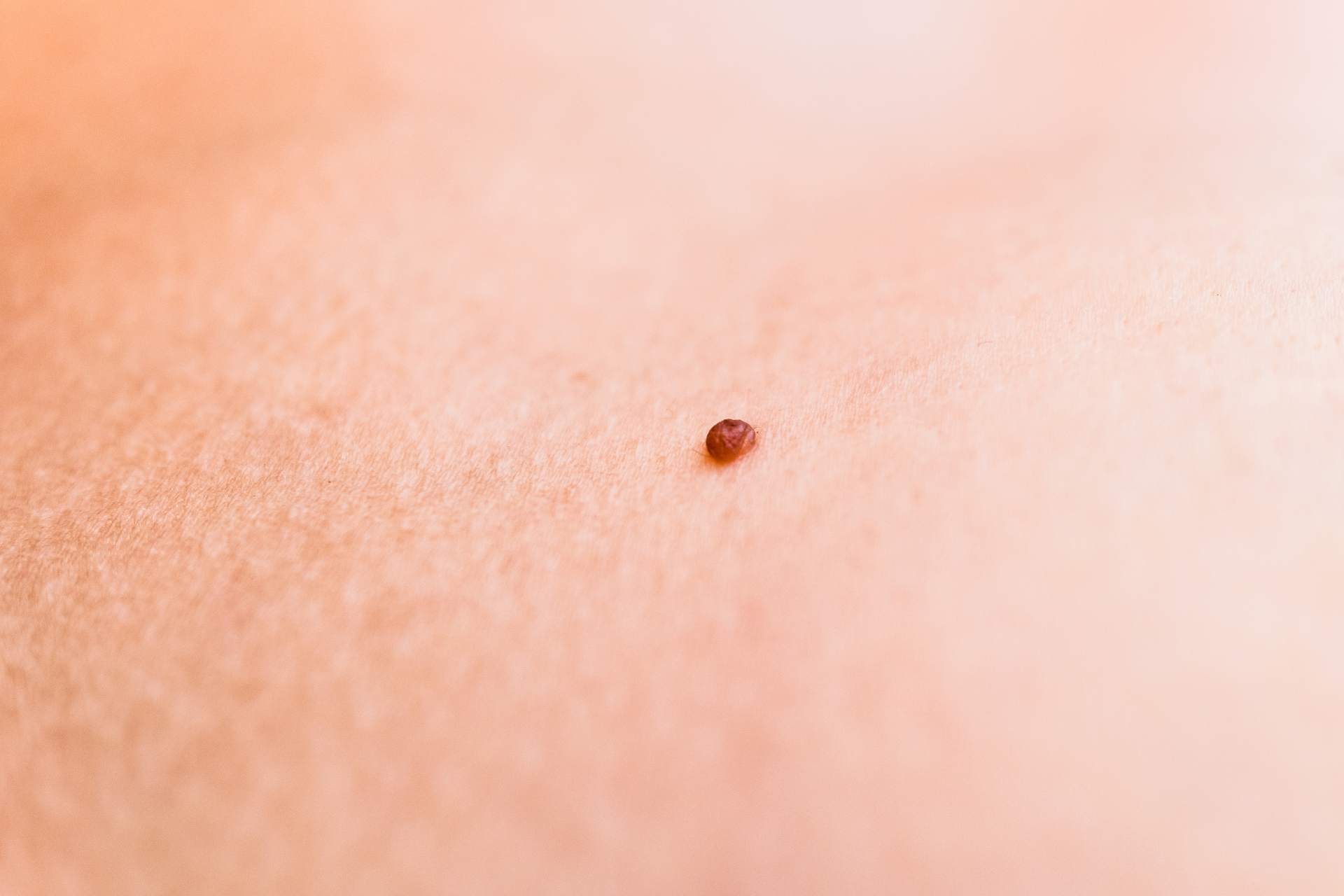Can Warts Develop Without HPV? Exploring the Causes

At Fall Creek Skin and Health Clinic, we understand that skin-related issues can be both distressing and puzzling. One common concern many patients have is warts. Often linked to the human papillomavirus (HPV), warts can sometimes seem to arise out of nowhere, leading individuals to wonder if they can develop in the absence of HPV. In this blog post, we’ll delve into the causes of warts and clarify the relationship between HPV and wart development.
Understanding Warts
Warts are non-cancerous growths that can appear on various parts of the body. They are typically rough and raised and can be flesh-colored, white, or even brown. The most commonly recognized type of wart is the common wart, often found on the hands and fingers. Other types include plantar warts (on the soles of the feet) and genital warts. While many people associate warts mainly with HPV, particularly because HPV is a well-known cause of genital warts, it’s essential to understand the broader context of wart development.
## What Causes Warts?
Warts arise when the skin is infected by certain strains of HPV. The virus enters the body through tiny cuts or abrasions on the skin. Once inside, it prompts the growth of epithelial cells, leading to the characteristic appearance of warts. However, the role of HPV in wart formation isn’t the entire story.
In some cases, warts can develop due to skin trauma or irritation, even in the absence of HPV infection. For instance, skin conditions or injuries that create a disruption in the skin barrier can allow other infectious agents, such as certain fungi or bacteria, to cause growths that resemble warts. Additionally, viral infections unrelated to HPV can sometimes mimic wart-like symptoms, leading to confusion regarding their origins.
## Can Warts Be HPV-Free?
While HPV is the most common cause of warts, it is not the only factor. Certain skin conditions, such as keratosis or molluscum contagiosum, may produce lesions similar to warts but are not caused by HPV. These conditions can arise from other types of viruses or skin irritations, indicating that some growths might appear as warts without being linked to HPV.
Furthermore, individuals with compromised immune systems may experience various skin growths due to the ability of different pathogens to proliferate in weakened systems. This highlights the importance of a comprehensive skin examination, especially if you notice unusual growths on your skin.
When to Seek Professional Help
If you’re uncertain whether you have a wart or any other type of skin growth, it’s wise to seek advice from a healthcare professional. At Fall Creek Skin and Health Clinic, our experienced team is here to evaluate your skin condition and provide tailored treatment options. Whether your concern is a common wart, an unusual lump, or a skin-related issue, our goal is to help you achieve healthier skin.
Warts can be benign, but understanding their causes is crucial for appropriate management. While HPV is a major player in wart development, it’s worth noting that other factors can contribute to similar skin growths. If you have questions about your skin or are seeking effective treatment, don’t hesitate to contact us today! Your skin health is our priority, and we are dedicated to serving patients of all ages in your journey toward clearer, healthier skin.




